Albania is a land full of surprises and able to amaze even the most skeptical tourist. Located between the mountains and the sea, Albania is a place where you can get lost in culture and its natural panoramas.
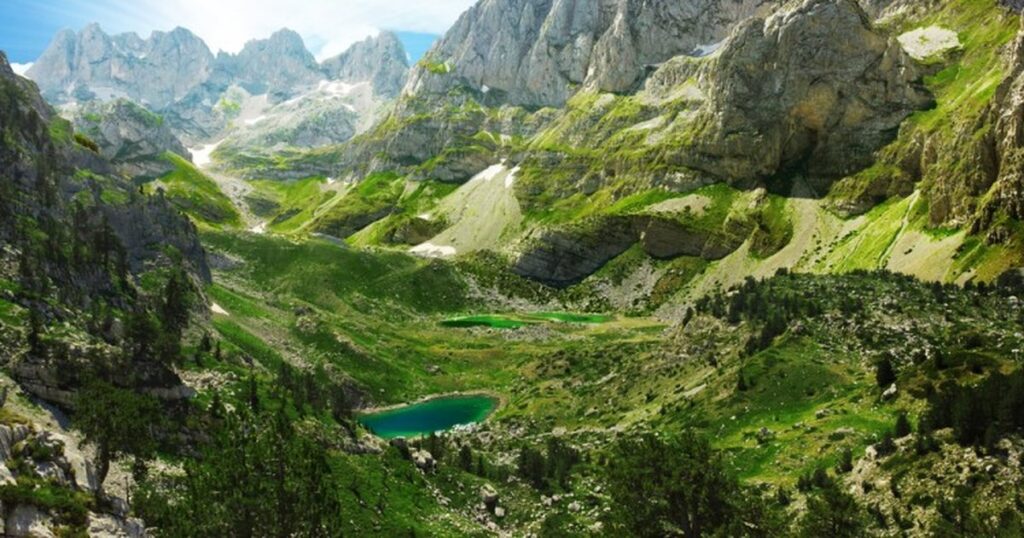
Colorful landscapes, lakes, high mountains, rivers, valleys, seas. This is the panorama that Albania offers to every foreign tourist who wants to explore a previously unknown country. The rare natural beauties come intertwined with the cultural and historical heritage inherited from our ancestors. All of this is accompanied by the hospitable tradition of Albanians, a value known from generation to generation. If you are ready, but even if you still have doubts, foreign tourists as well as local ones, we present to you the 20 tourist places that will impress you.
Valbona Valley
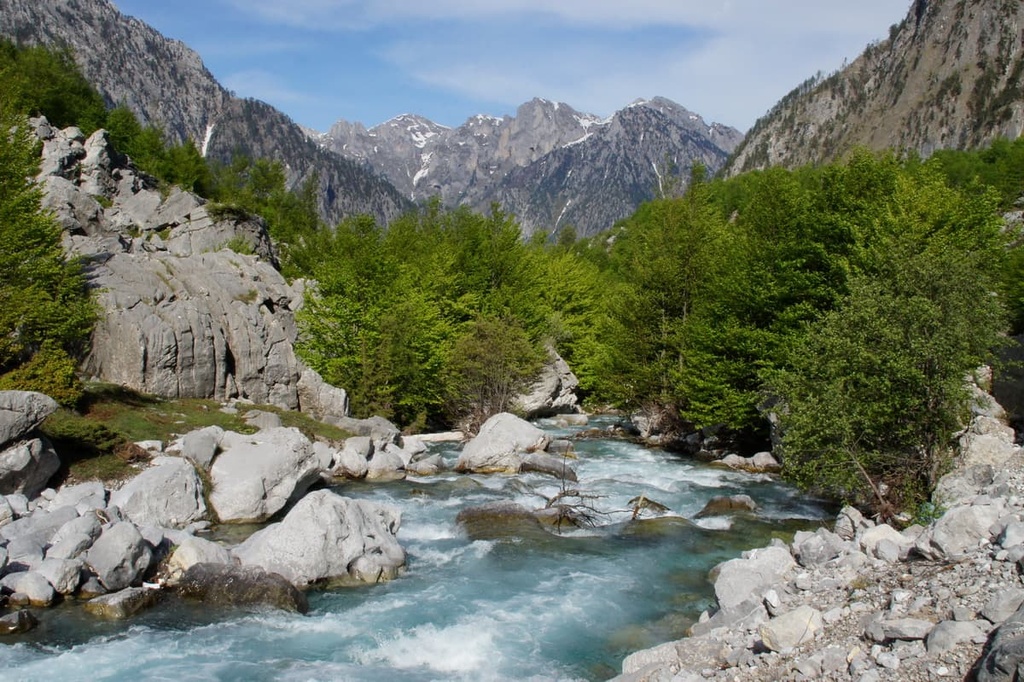
Mountain tourism enthusiasts can make a wonderful trip this season to the Valbone Valley National Park, which fascinates you with its natural wealth. It is now very visited not only by foreigners but also by many Albanians, fed up with the sea and thirsty for adventure and who want to explore the mountain beauty. “Valbona Valley” national park is located in Kukës County and Tropoja district, 25-30 km northwest of Bajram Curri city. It lies between high and rugged peaks covered with a fantastic array of colors in every season, thus giving the image of a valley full of labyrinths and surprises. It has an area of 8,000 hectares and is considered the miracle of the Albanian Alps.
Grama Bay in Dhërmi
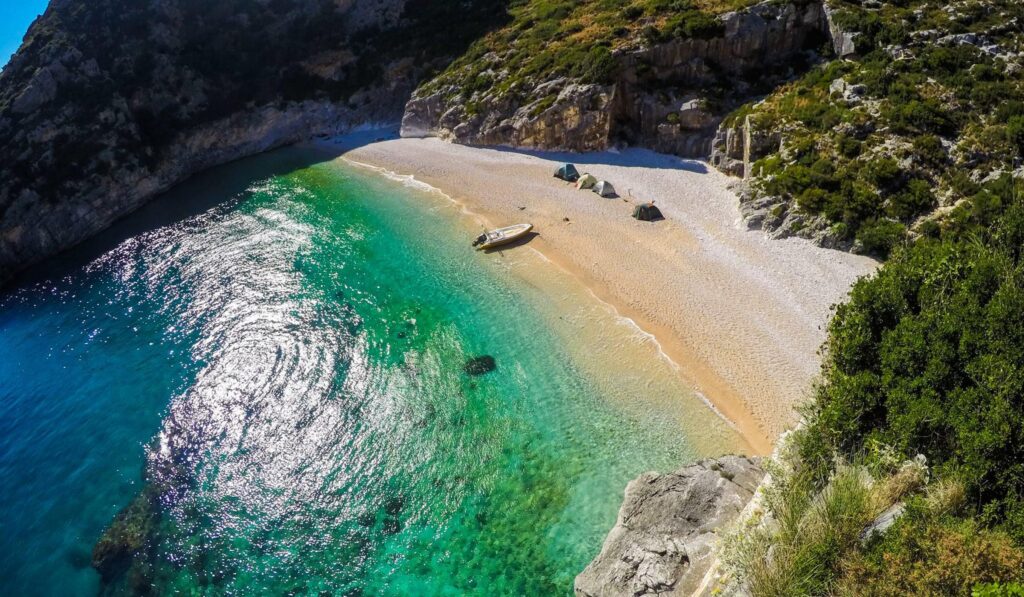
Grama Bay on the Karaburun Peninsula, known as Grammata Bay, is located in the range of the western slope, very narrow of it in the nearby Orikum. Grame Bay has served as a place of refuge for ships in distress along this dangerous coast in rough weather. This bay initially served as an area for the exploitation of local stone, in large quarries, traces of which are still visible today on both slopes. The name of Grama is clearly connected with the inscriptions carved since antiquity, the rock inscriptions were numerous in the bay of Grama, there are more than 1500 inscriptions.
Theth Towers
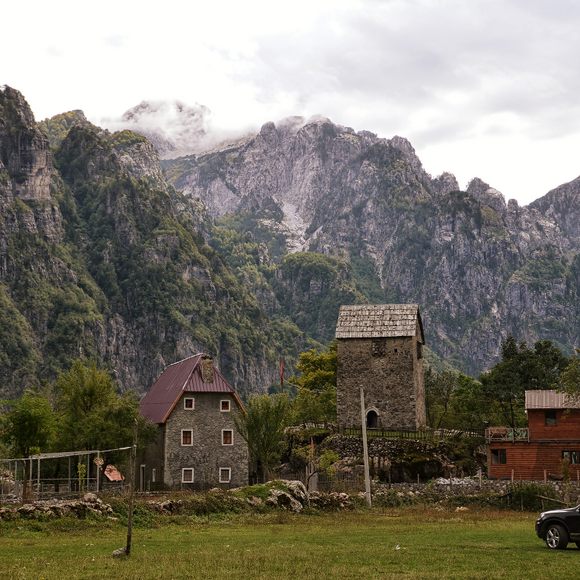
The Ngujim Tower built in Theth, Dukagjin is typical of this area. A fort built at the end of the village and used by the whole village for blood testing. It was the home of those families who, due to blood feuds, were forced to stay there (all males over the age of 14). Only the women of the house were free to go out and work some land in front of the tower. Today the tower can be visited and is located in an area of great touristic value. It is located south of Theth village and very close to Shala river. Due to the bad and impenetrable roads in winter, it is known as an object of visitation and curiosity only in the summer season.
Lake Pogradec
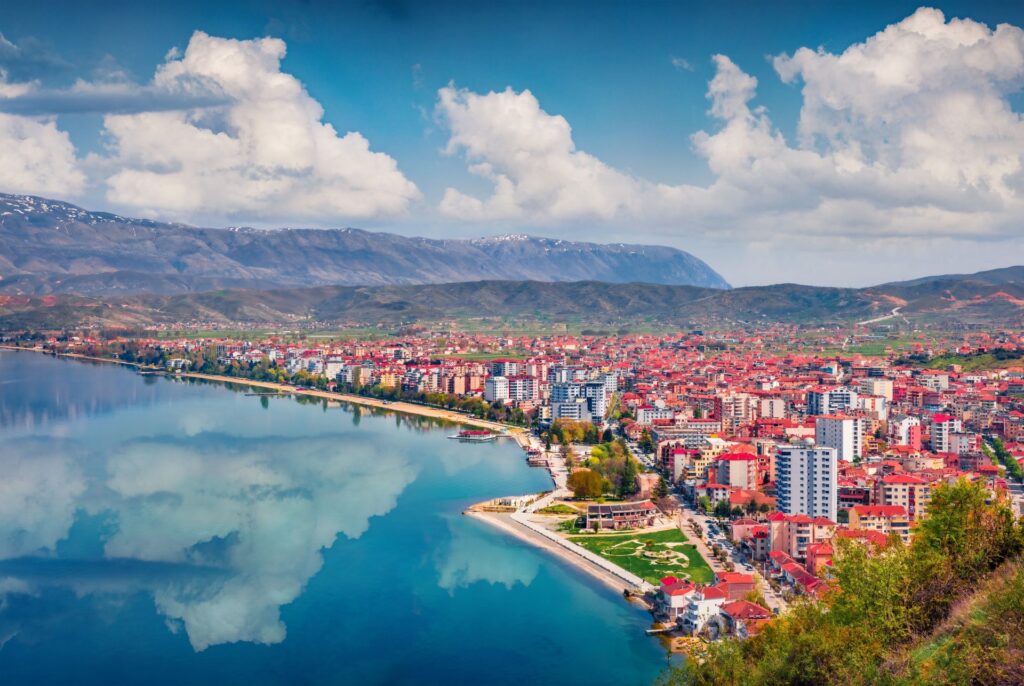
Koran, swans and flowers… and then Lasgushian verses! It is enough to mention these key words and it is understood that we are talking about one of the wonders of nature in our country, Lake Ohrid, the eye, soul and life of Pogradec. Lake Ohrid is very famous in Europe and the world for its age, depth and rare species, the koran fish that grows in the emerald waters. Its age is estimated to be 2 to 5 million years. The lake was created by a landslide.
Karaburun Peninsula

Karaburun Peninsula is that part of the Vlonjat coast, where tourism can find the most suitable terrain to develop. 25 km away from the city of Vlora, by land, the Karaburuni Peninsula offers surprises in every season to anyone who visits it. Tourist agencies apply not only trips along this massif, but also one-day vacations, on the beaches located there. Such trips are mainly organized during the summer season, while it is intended that they extend throughout the year.
Grunas waterfall, Theth
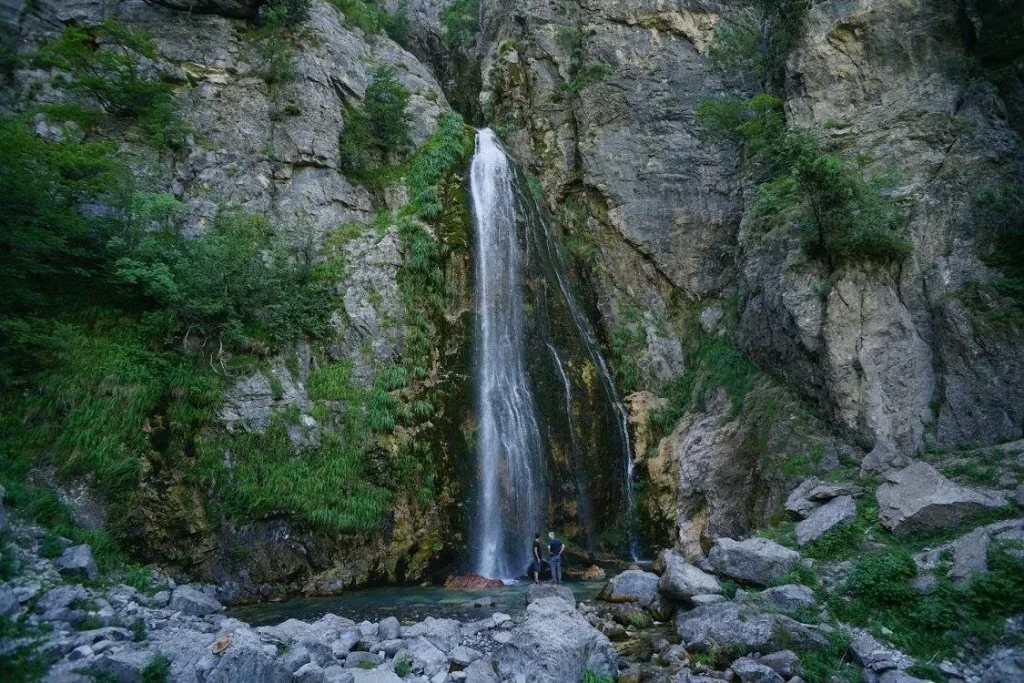
One of the most special natural beauties in the Albanian Alps is the Grunas waterfall, which has been declared a natural monument protected by the state. The waterfall of Grunas with its thin body over 30 meters high, together with the surrounding circuses and the Bloja Mill, form one of the most interesting places to be visited by every tourist visiting Theth. Thethi waterfall has as a special characteristic the fact that its water all originates from a rock and is snow water. For climbers who can visit the source, it is a special miracle that cannot be found in any waterfall in Europe.
Apollonia, “City of the Sun”

Once upon a time, one of the most important roads that connected the West with the East, or Rome with Constantinople, started here. Apolonia is the ancient city in Albania, among the largest in the Adriatic basin and the most mentioned among the other 30 cities, with the same name, of ancient times. Apollonia is one of the largest archaeological centers of Albania. Written evidence proves that the ancient city of Illyria was built in the early years of the 6th century pk the year 588 by colonists coming from Corinth and Korkyra, after the establishment of Epidam – Dyrrah. Previously, there was an Illyrian settlement in this area, with the arrival of the colonies, the city was named Apollon in honor of the god Apollon. The geographical position of the city played an important role, so Apollonia was built not far from the sea.
Ksamili Beach
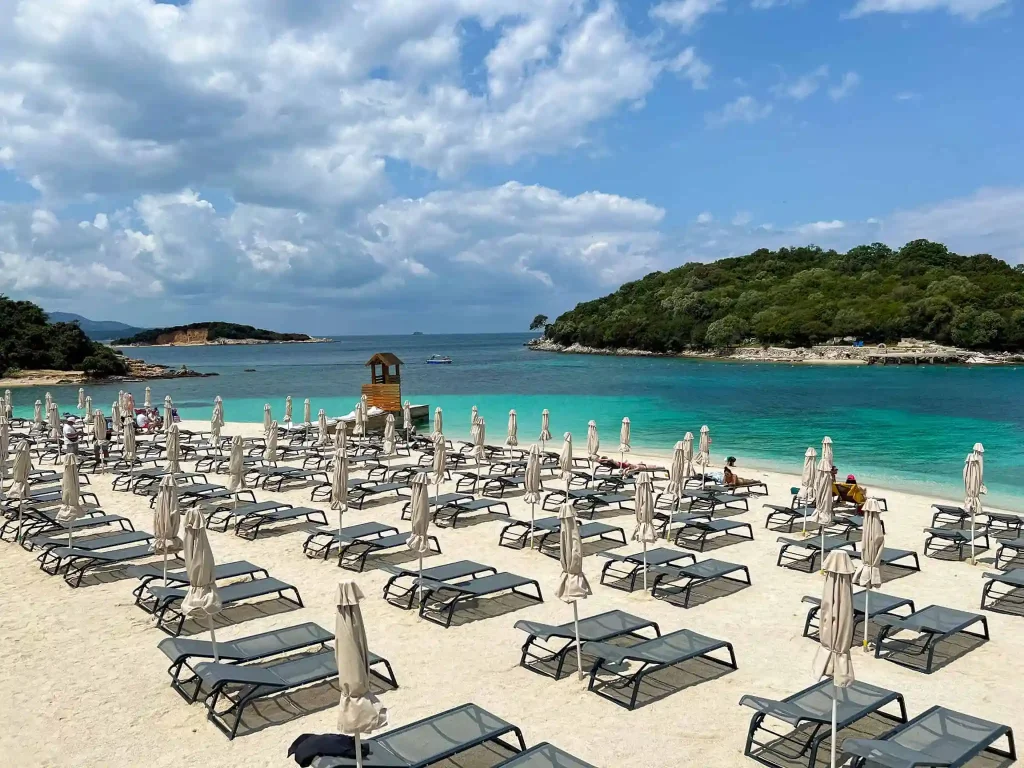
Ksamili represents one of the most frequented coastal resorts during the summer. The town located at the southern end of the country offers small and clean beaches, among the most beautiful of the Ionian coast. Many visitors choose Ksamil for its island magic and tranquility. The beaches located just a few km south of the city of Saranda and very close to Butrint National Park allow vacationers easy access to these two destinations of nightlife and cultural tourism.
Goddess of Butrint
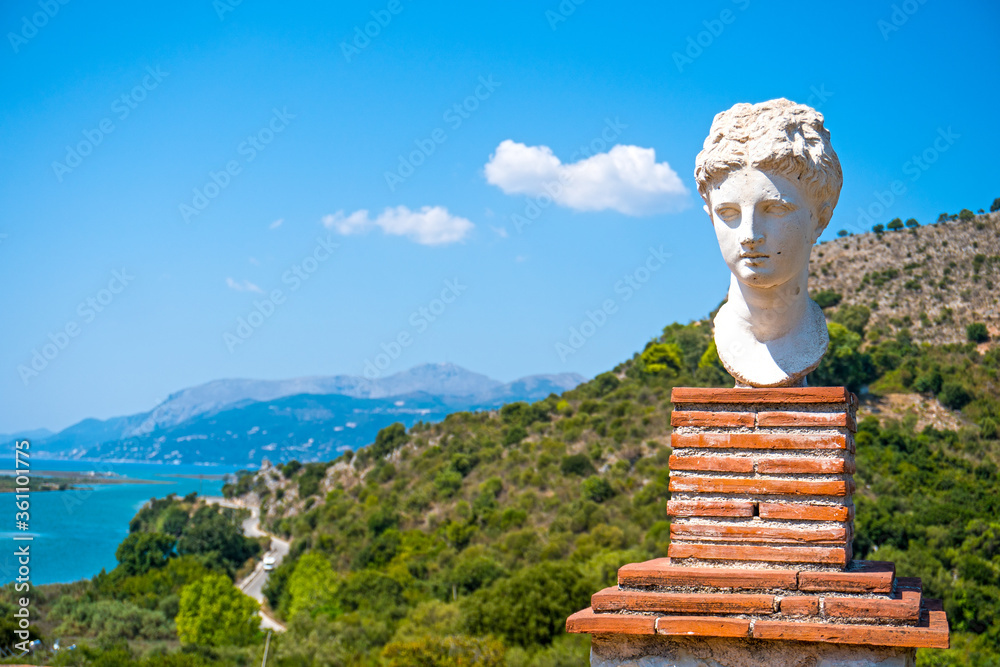
The dreamy gaze, calm forehead and dignified appearance testify to the representation of the god Apollo with the typical combing of hair. It is known as the Goddess of Butrint. Discovered in Butrint by the Italian archaeologist Ugolini in 1928. It is the marblehead of a man in the body of a woman. The statue is 2.5 high, and was discovered in 1928, during the archaeological excavations of the Italian mission in Butrint. It is proven that the object has rare cultural and historical values. head of a man in the body of a woman. The statue is 2.5 high, and was discovered in 1928, during the archaeological excavations of the Italian mission in Butrint. It is proven that the object has rare cultural and historical values.
The historical city of Kruja

Kruja is one of the most historic cities of all Albanian cities. It is characterized not only for its special geography, impressive castle, but also for many traditions passed down from generation to generation. The history that was woven in the ancient city makes us feel proud every time we visit it. Not forgetting the battles of Skanderbeg, folklore and many Cretan traditions. Kruja is also known as the “white city” and has a geographical height of over 600 meters above sea level, and when the weather is clear and cloudless, the Adriatic coast of Durrës can be seen from the mountains of this city.
Mrizi i Zanave, Fishtë
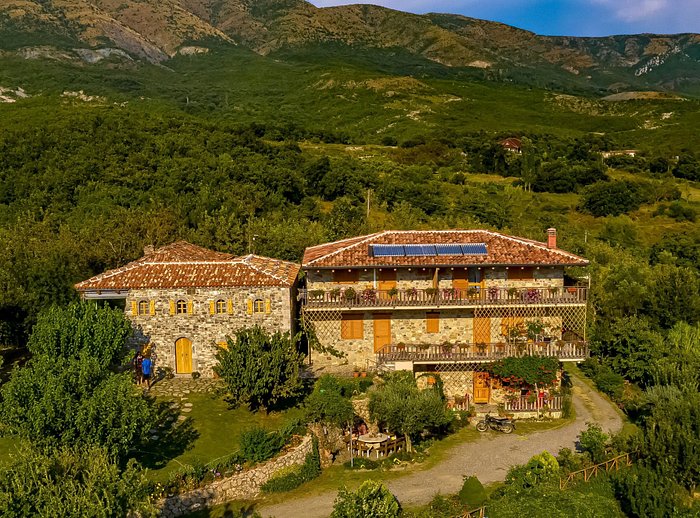
To try traditional Albanian cuisine, you should visit Mrizi i Zanave restaurant, in the south of Shkodra. All dishes are offered with local products. Meat with different sauces is a specialty.
Caves, southern Albania
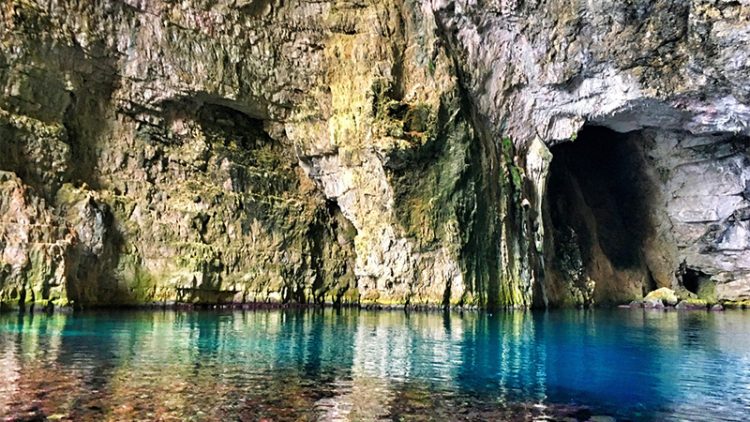
Another cave of Karaburun is the one called Inglizi. During the years of World War II when SOE, the Directorate of Special Operations based in Cairo, established a naval base for its missions operating in Albania to support the anti-fascist resistance. “English” is the pronunciation that the ducats of that time gave to the word “English”, and since then the cave bears this name. At that time, the men of the province approached this black rock to grab some clothes or food. They mostly took plasmas, which the shepherds made into a cape for rain, or a type of yellow sugar, very tasty, which was unknown to us until that time.
Pirates Cave

The water cave is 40 meters deep, and traces of soot and traces of fires can be seen through the wet walls. This natural object, according to Vlonia geographers, is the country’s largest sea cave, with many pockets inside it. For nature explorers, on the Karaburun Peninsula, there is the Cave of Haxhi Ali, the well-known sailor of the Late Middle Ages, who built the port for his fleet in this cave. It is located in Karaburun, between the capes of Gjuhëza and Goloveci. According to legend, the Cave was once used by the well-known pirate of the 17th century, Haxhi Aliu. Here he was housed together with his ship and men. The favorable position of Karaburun offered this pirate the possibility of plundering Neapolitan, Turkish, Venetian, Dalmatian, etc. ships. After being killed by the Venetians, Haxhi Ali was buried together with his son in Sazan. But their graves have never been found. The elders say that Haxhi Ali was a sea hero, a living wolf, who was not afraid of bad weather or fights with the many pirates, which he had in his time in the Mediterranean. Thanas, one of the oldest men in the area, says that the legend magnified his every action and bravery.
Dardhe tourist spot

20 kilometers southeast of Korça, at an impressive geographical altitude of over 1300m, which itself takes the imagination to the long snowy winter, to the springs lit by the shopping, to the summers of the plums that come from the forests, to the autumns with a pictorial palette of rainbows , this pearl is located. Over the centuries, the inhabitants of Dardha built a village that at the beginning of the 20th century had over 400 houses. Stone houses with hipped roofs are the distinctive feature of the village. And the houses are often two-story villas best built with wonderful gardens filled with flowers. The tradition of building with stone has been respected to the maximum in this village. Dardha offers opportunities for mountain hiking, although it is currently mainly known for winter mountain tourism. It is one of the few places in Albania where tall forests remain.
Petrela Castle

This castle is located on the national road Tirana – Elbasan, 18 km from the capital. It rises on a rocky hill above the village of the same name. It has a triangular shape with two observation towers. Its first construction belongs to the period of antiquity, while the present form dates back to the 15th century. The Petrela Castle, from the discoveries made, is the medieval castle built during the reign of the Byzantine Emperor Justinian I, in the 6th century AD. This was one of the forts erected by him in the defensive system of the Empire. The fort is built on a terrain with very steep slopes, even on the southern and southeastern sides, which have made the fort very protected. It was built at the moment when Vila Castle, the ancient castle, which is located in front of Petrela Castle, lost its importance. It was built mainly for military purposes. Petrela Castle controlled the Egnatia road, the Durrës-Tirana-Elbasan branch, which was of particular importance at the time. Today, there is a restaurant service in its premises. From there, a very beautiful view opens towards the valley of Erzen, the hills with olives and the surrounding mountains.
Berat
It is known as “the city of one on one windows” and has been declared a museum city. It is located on the slope of Mount Tomorri where the castle rises. Within the walls of the castle are the residential houses and the “Onufri Museum”. The paintings and icons of the great Albanian painter are exhibited there. The old part of the city has several religious buildings such as a church and a mosque. The city of Berat is the most unique case of a tourist city, which welcomes and escorts tourists throughout the year, due to the fact that Berat promotes cultural tourism. Berat is not really a coastal city, but it has a large number of cultural monuments that are part of the World Cultural Heritage. It is a 2400-year-old city and is a member of the World Cultural Heritage (UNESCO). These and the picturesque view make Berat a city with history, values and culture
Blue Eye, Sarandë
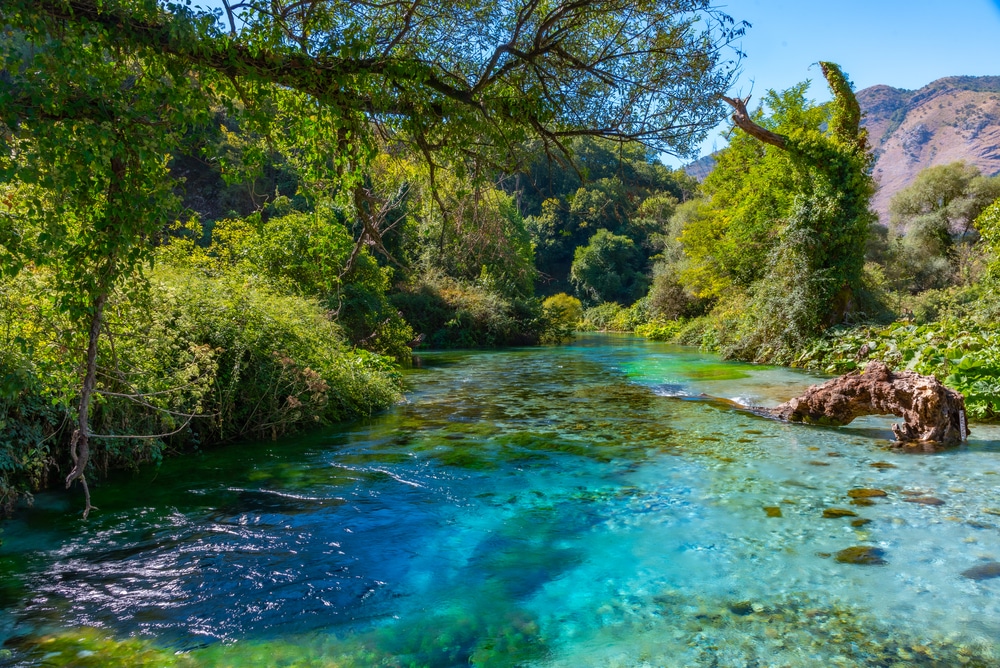
From the depth of the tunnel, through which the water comes to the surface, the spring takes on a blue color, resembling the apple of the eye. As it begins to flow, the color begins to lighten towards blue. The vegetation that surrounds the Eye in its upper part is more like eyelashes, so it is rightly called the “Blue Eye”. It is the largest and most interesting spring among the 18 springs that erupt at the foot of Mount Gëre. Today it enjoys the status of a natural monument. Its depth is very large, reaching up to 45 meters. It is located opposite the village of Krongj, 45 meters below the level of the Drino valley. Syr i Kaltër is a source of fresh and sweet water surrounded by dense and evergreen vegetation
Canyons of Osum, Skrapar
Skrapar can also be called the circle of magnificent canyons. There are two large canyons in it, both natural monuments, among them the Osum canyon, the largest in all of Albania, which has rightly been called the “Colorado of Albania”. It is located in the Çorovode – Hambull sector of the Osumi valley, it is about 13 km long, from 4 to 35 mi wide, up to 70-80 m deep, with vertical slopes, at the end of which flows the “playful” Osumi, he “boasted” with his own creation. It is precisely its waters, which, with their corrosive and dissolving power, have penetrated so slowly, but without interruption, into the limestone rock mass of the anticlinal structure of Çorovoda, forming the canyon of impressive beauty.
Llogara National Park
Llogora Park is located approximately 40 km southeast of the city of Vlora, on the spatial border between the Adriatic and Ionian seas. Near Qafa o Llogora there are trees with very interesting crown shapes in which the influence of currents is felt. Flag Pine, Llogora is located in the National Park of Llogara, a little north of the pass with the same name, 910 m above sea level. It has the shape of a flag as a result of the action of strong southeast winds. This monument has scientific, biological, aesthetic and touristic values. Some branches are drying up due to natural factors. To get to this monument, take the Vlorë – Dukat – Llogora highway until you get to the Llogora pass, on the right of the road, after you have passed the tourist village).


